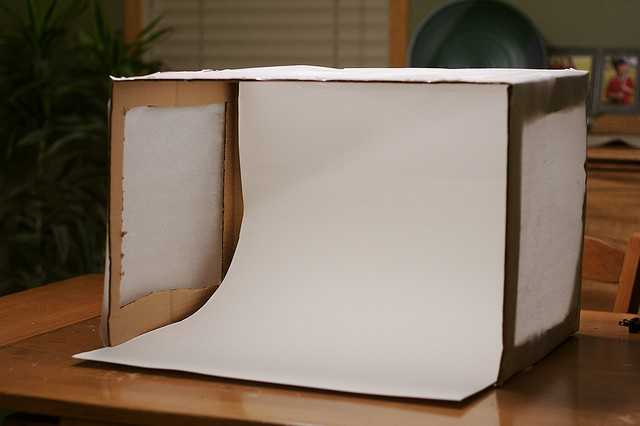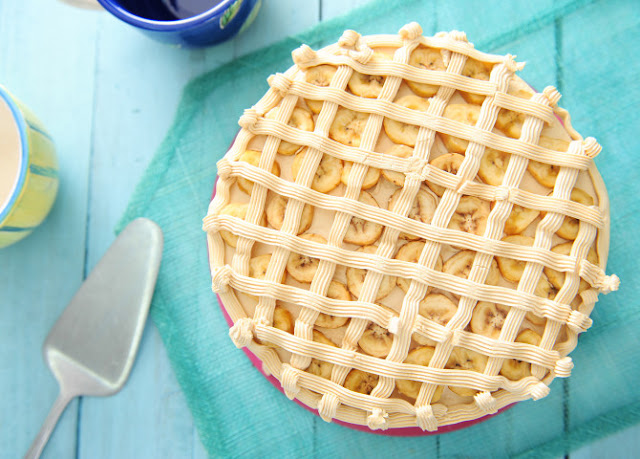Step By Step Guide To Shooting Product Photography
Today, we're going to be taking a walk through easy product shoot. This kind of photography is in some call for on inventory photography web sites and is perfect for showcasing an item so that you can promote it on Ebay or Etsy. As pronounced our current nonetheless lifestyles article, once you have mastered this sort of pictures, it is able to be in my view profitable and pay very well.
The most fundamental form of product photography is an object in front of a white or solid colored seamless history. that is regularly utilized in retail catalogs once they want to display their merchandise without distractions. these are from time to time referred to as cutouts as it’s clean to reduce out and insert into another image.
Many photographers can efficiently shoot product pics at home with little hassle. ideally, you will have as a minimum three or four lighting to work with, but it is viable to do it with simply . We’ll explore that during this tutorial.
You'll need
- at least right light sources, more the higher
- A 18% gray card (elective)
- A smooth, bright white poster paper or comparable
- A light field (optionally available)
- Translucent paper – white tissue paper, tracing paper, wax paper, or white umbrellas
- A desk or work space
- picture editing program inclusive of Photoshop, Lightroom or Gimp
lighting fixtures, digicam... movement
For this tutorial, i use simplest a couple of flashes. at the same time as I could, as I describe beneath, use lamps or different light assets, I opt for my flashes because they're easy to reposition and are fairly effective.
if you don’t have flashes or speedlights, incandescent lightbulbs, florescent bulbs or tubes, anything you have got on hand, are all suitable. If feasible, buy some of equal-emblem, identical wattage bulbs. The bulbs’ colorations can vary from logo to emblem, and whilst your eyes won't discover the slight distinction, your digicam can. Lamps, mainly the type with bendy palms, are incredible for this sort of product images.
there may be some other mild choice: sunlight hours. preferably a pleasant, overcast day. but, sunlight hours’s depth may be unpredictable, relying at the climate and the time of the day. relying on sunlight hours isn’t always viable, and if you’re constrained to shooting in evenings when it gets darkish early. that is wherein synthetic light comes in handy - it is a regular, constant light source that come up with the self assurance that the light ranges will not alternate from one second to the subsequent.
Whichever light source you choose, use multiples of the equal light sources is because it can be tough to catch up on mixed lights. as an example, florescent bulbs generally tend to emit inexperienced- or orange-tinted light. most incandescents forged a yellowish hue. And tungsten is orange.
while it is viable to make amends for the combined tint in-digicam or in the put up-processing, it's far less complicated, specially in case you’re simply beginning to explore this style of images, to use a steady mild supply because it’s one much less step to futz with. take into account to apply a guide white balance placing this is appropriate to your mild source.
gray Card
A 18% grey card may be very accessible for great-tuning the white balance, in particular vital while you’re photographing some thing with a white history. coloration casts out of your lights or maybe the light reflecting off your object can be apparent at the white backdrop.some newer dSLRs have a customizable WB setting. If yours does, picture the cardboard and it will help you determine the proper white balance. For further information on how, test your camera’s guide.
if your digital camera does not have customizable WB placing, you can still use this card to determine and regulate the white stability in post-processing.
Your digicam doesn’t have this custom characteristic otherwise you lack a 18% gray card? after you’ve set your desk up, set the WB to whichever light mode you’re using, take a few pictures of the white poster paper and great-tune the WB the first-rate you can.
The Set-up
There are a number of specific approaches you could set up your desk. you should purchase one or make your personal DIY lightbox.

Photograph by D'Arcy Norman
On the other hand go the apathetic course and tape your paper publication up to a divider.
Getting the Lights Right
The Object Du Jour
Single Light


Two lighting fixtures
that is with out a umbrellas to diffuse the mild; the right light continues to be at three o'clock, the left at about 8 o'clock, and now we have two harsh shadows. Unacceptable.

Repositioning lighting

selecting the Aperture




Very last hints
- marketing-clever: consider leaving some area on either above, left or proper; advert corporations, magazines and different consumers of stock pics like room for text.
- Staging is vital. easy some thing object you’re photographing – dusty or grimy objects aren’t in particular appealing. inside the dragon's case, I tossed it in the wash earlier than photographing it.
Labels: Commercial Product, Commercial Product Photography, Commercial Product Photography Tips, Commercial Product Photography Tuorial, Product Photography, Product Photography.





